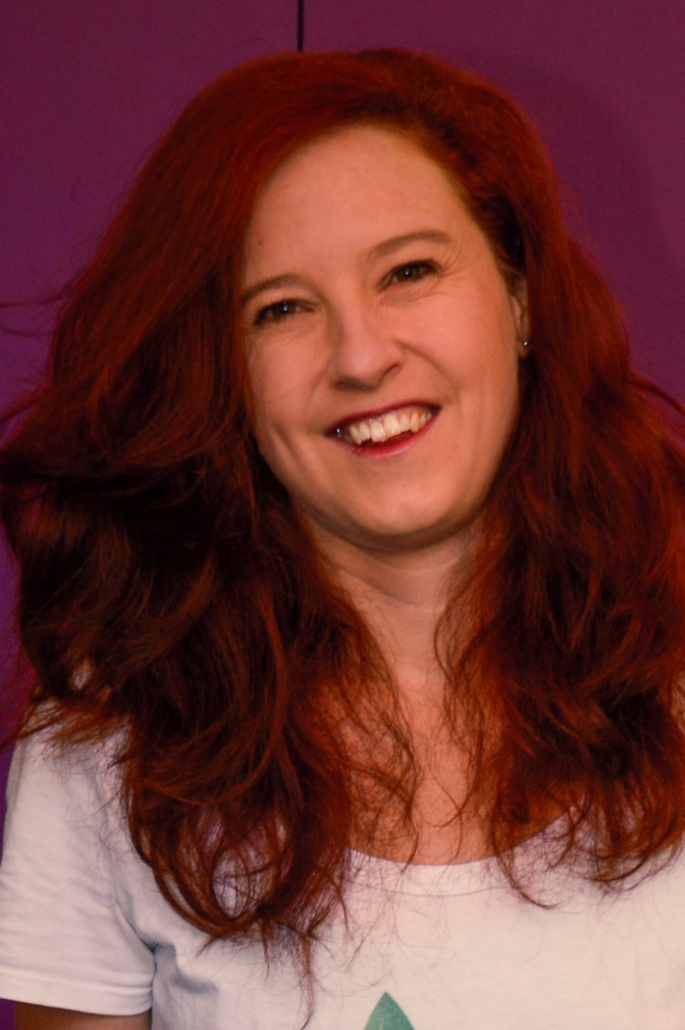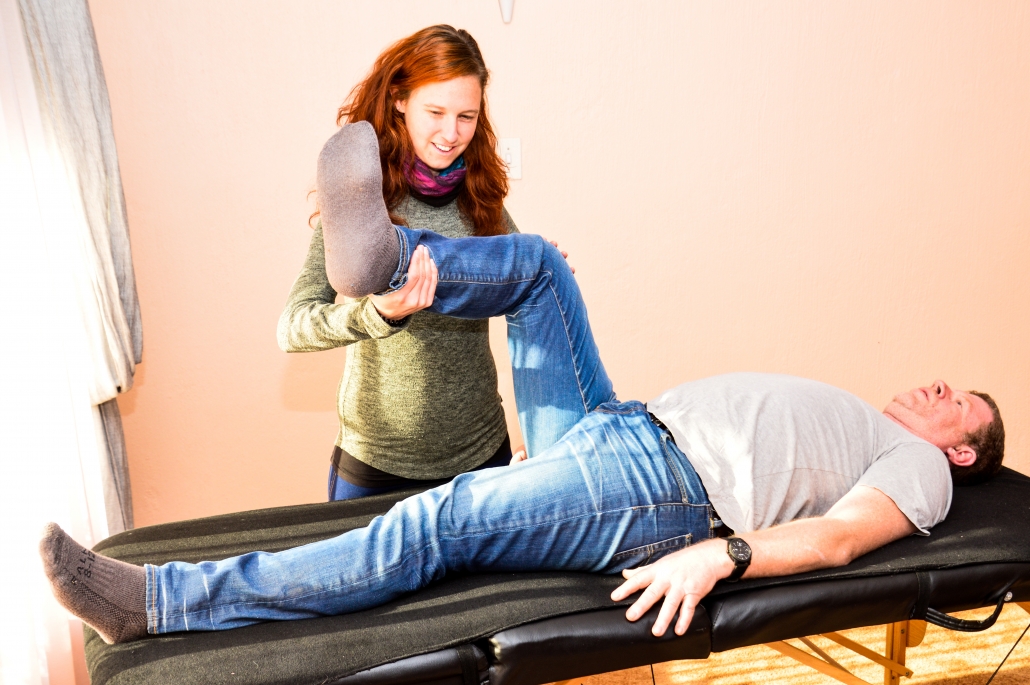Q: You have quite a history of working with riders and improving their bodies, I understand you started out teaching Pilates. Please explain how this improves the way in which the rider communicates with their horse.
A: Pilates gave me the understanding of the importance and impact of posture and mobility on the body and its performance. However I soon moved on to another exercise modality called the Egoscue Method and have since added a muscle testing based technique called Neurokinetic Therapy (NKT) which works in conjunction with the motor control center of the brain. These modalities have given me the tools to help alleviate pain and dysfunctional movement patterns within the body. So many of my clients lived in chronic pain due to previous injuries or repetitive movement from computer, office work or from sport. As all horse riders know, falling off a horse happens and it often leads to injury. Alleviating chronic pain and realizing that life can exist pain free really broadens your horizons. When your body is operating effectively with natural freedom of movement, it allows you the subtle application of the aids that are the hallmark of a good rider. It also enables you to maintain the correct posture and body alignment that assists in you moving naturally with the horse. Being pain free removes the distraction that arises from experiencing your enjoyment of the sport of riding through a filter of body aches and pains.
It also enables you to maintain the correct posture and body alignment that assists in you moving naturally with the horse. Being pain free removes the distraction that arises from experiencing your enjoyment of the sport of riding through a filter of body aches and pains.
My primary focus is on the physical body and restoring correct movement patterns and mobility, however I am becoming more and more aware of the impact of emotional trauma on my ability to correct movement and mobility in a client. Because the nervous system of the body is also affected by emotions, we sometimes need to treat the body as a whole with other modalities before the changes from my modalities can really be effective.
Q: What are the most common problems that you encounter with riders and how do you work with them to fix the issues?
A: There are two… Sonnentänzer and Berghof Eragon… and both involve 1st’s that I am proud of.
Sonnentänzer I purchased at the Elite auction Vechta, Germany and put him through his Stallion licensing. He was the first South African owned stallion to be licensed in Germany. A few months later, Callaho licensed Benicio.
The other is Berghof Eragon who I bred and became the first ever African bred Warmblood to be licensed as a breeding stallion in Europe.
Q: Which stallion do you feel has impacted modern breeding the most and why?
A: The most common problems I see are as a result of past injuries or scars from medical procedures or injuries. I use a technique called NeuroKinetic Therapy (NKT) to test what dysfunction the injury or scar is causing in the body. The motor control center in the brain has an incredible ability to compensate when the physical structure of bones and muscles is injured or damaged by finding ways of keeping the body moving and operating by using other muscles. These compensation patterns do the job but are not the most effective or efficient. The physical injuries then heal, but by then the compensation mechanism or pattern is established and the brain has forgotten the most efficient or optimal way of doing a movement. These patterns often cause pain and limited mobility because the physical structure and muscles are now not being used correctly. NKT is a tool that helps me identify what these dysfunctional patterns are and gives us a method of reminding the brain how to perform a movement correctly. In simple terms, NKT debugs the neural software that tells the muscle hardware how to operate properly
Q: Tell us about one of the most chronic/serious problems that you have encountered
A: The most challenging problems I have encountered are clients that have had damage or change to their physical body structure, for example removal of a body part due to cancer or severe damage in ankle joints, spinal fusions etc. As I mentioned previously, the body’s design gives it the ability to move, so when the design function is changed its movement ability is reduced and the body compensates around that damage. It then starts using other muscles to do the job of the damaged one. This is unfortunately a chronic state, but we can stimulate the body and encourage it to perform as close to design function as possible, given the physical limitations. It is amazing how the body can keep going despite the change in its design function; disabled athletes have shown us what can be achieved with a damaged body, but working with an impaired design function in the body, has been the most challenging part of my work.
Q: Dynamic Posture Performance has quite a different approach – I understand that the body is assessed and issues are typically symptoms of past injuries that we would never imagine would cause a problem. Please tell us how you assess the body and release blockages.
A: The client first fills out an in-depth history form – even though the injury may have happened 10 years ago, at birth or just a week ago, the neurological dysfunction does not change until we reprogram it through the brain and the central nervous system. In the appointment, I take the client through different movement functions to identify what compensation patterns the body has fallen into so that I can find the link to the dysfunctional pattern. Using the NKT protocols, we can then do a muscle test and find out where the weak inactive muscles are in the body. From there I would identify what the connection is and what would fire and turn that inactive muscle back on. The client will be given homework for their specific release and activation exercises that correct the weak and inactive muscles that were not functioning correctly or optimally.

Q :Once you have assessed and released as much as you can, what are the next steps? Do you work with the rider on an ongoing basis?
A :Some clients choose to continue with ongoing maintenance sessions after addressing their immediate issues. In these sessions, we challenge the body by finding potential problems that could cause it to blow out, go dysfunctional, and then clear those impacts. Others choose to only work with me again when they have new issues or injuries to address. Their bodies are at a good functional point and are performing well within their given activity, so there is no need to fiddle with it. It depends on the person and their desires or goals.
Q :Where do you work from and how would we get in touch with you?
A :I am based at the Collaborative Healing centre at 17 Cactus road Kyalami. You can either contact me via cell 0784111061 or email ayla@dynamicpp.co.za or follow me on Facebook at https://www.facebook.com/AylaDynamicPosturePerformance or on the NKT Facebook page https://www.facebook.com/NeuroKineticTherapySouthAfrica
